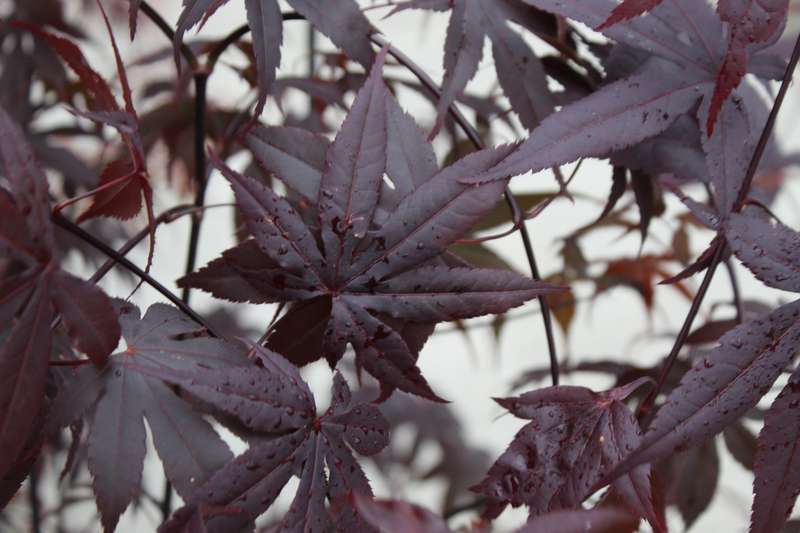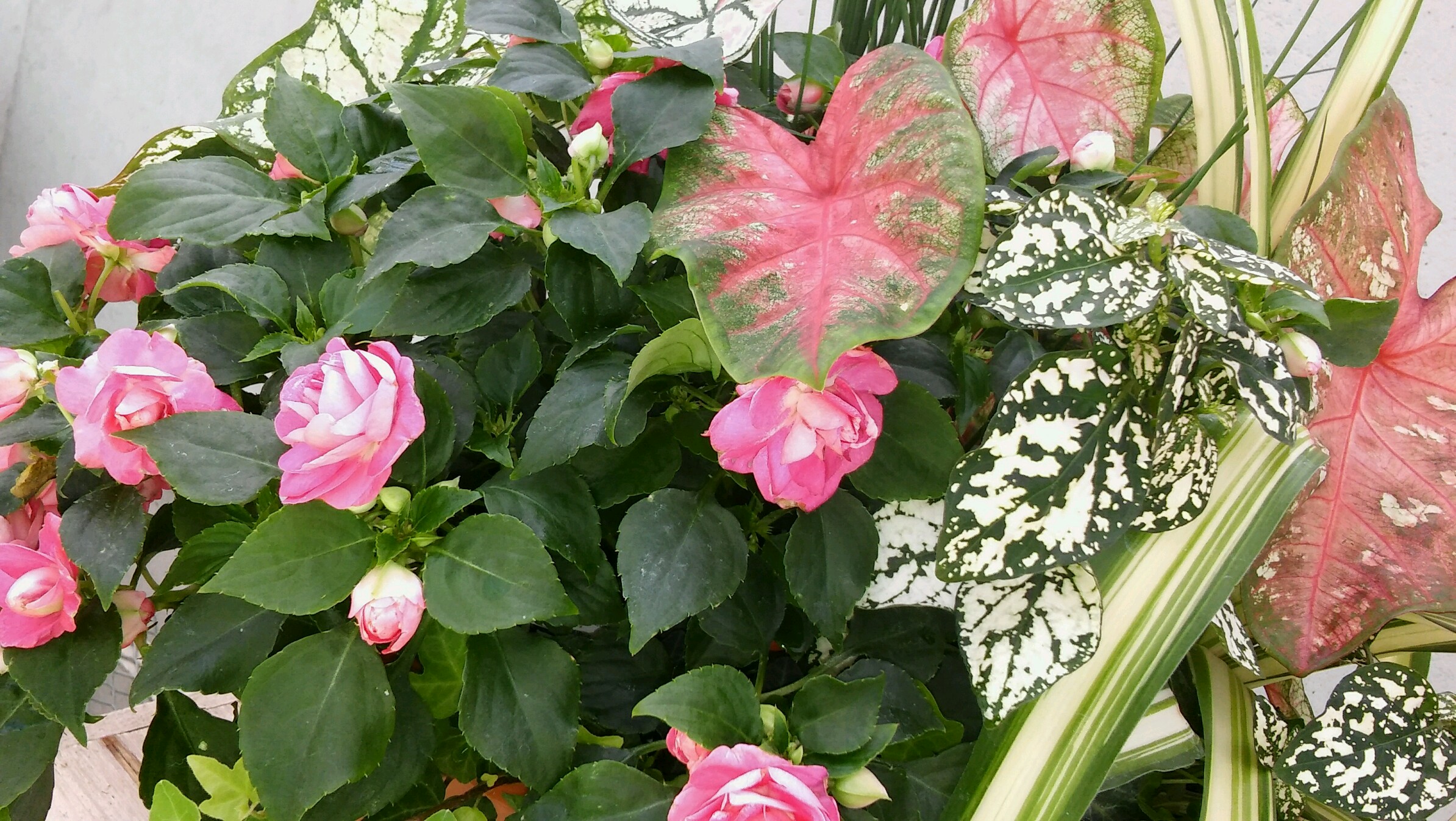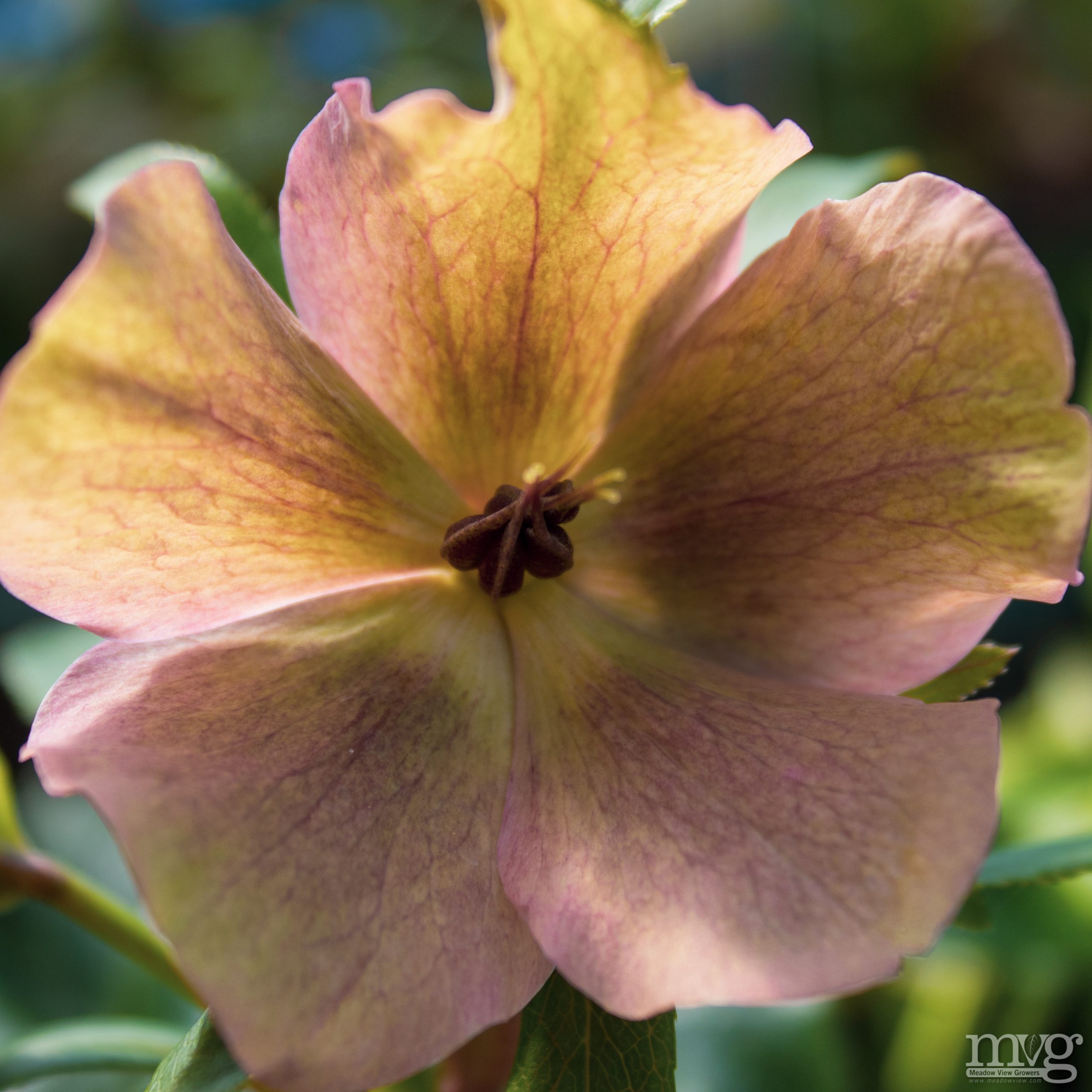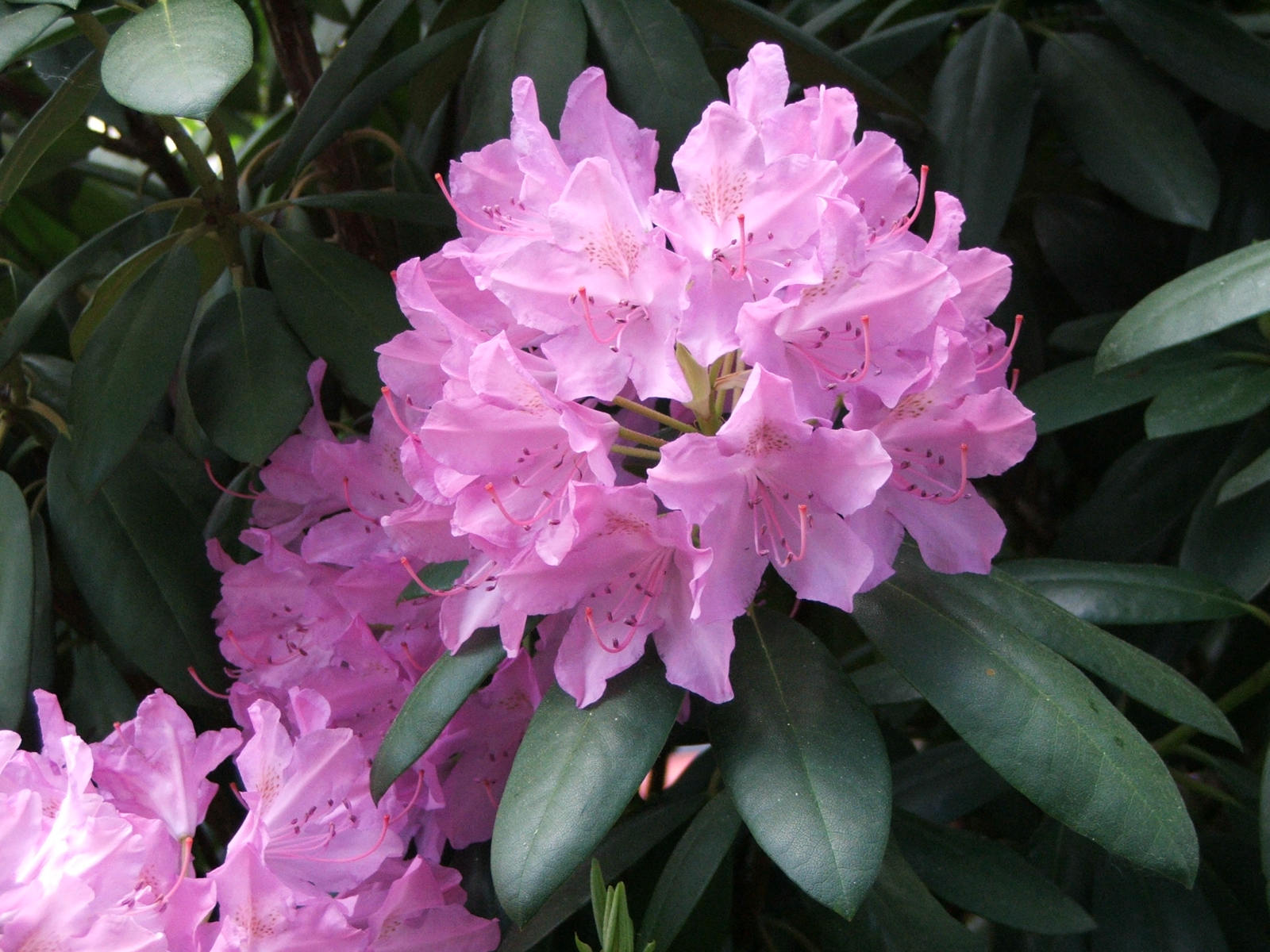2 Varieties
There are two basic variations of light for shady areas:
Light Shade:
• Areas shaded by a building or a wall with additional shading from trees
• Landscape areas more heavily shaded by trees, but not a deep dark shade
Dark Shade: Asterisk (*) denotes plant will tolerate deeper shade
Landscape areas under a low canopy of trees with very little light or only some reflected light. This area is often most difficult to plant. However, there are a few plants that will adapt.
Generally, plants do not bloom well in the dense shade unless they are native to these conditions. Use plants with different textures, leaf color, and form for a very lush appearance.



